Hackberry – Celtis occidentalis
Overview: Hackberry, scientifically known as Celtis occidentalis, is a deciduous tree native to North America. Known for its adaptability and resilience, Hackberry thrives in a variety of soil types and environmental conditions. The tree features distinctive warty bark, serrated leaves, and small, sweet fruits that attract wildlife. It is often used in urban landscapes and naturalized areas for its hardiness and ecological benefits.
Typical Uses:
Hackberry serves various purposes in garden and landscape design:
- As a shade tree in large gardens and parks, providing ample canopy cover
- In urban landscapes and street plantings, valued for its tolerance to pollution and poor soils
- In naturalized areas and wildlife habitats, supporting local fauna with its fruits and shelter
- As a windbreak or shelterbelt tree, contributing to erosion control and environmental protection
Establishment and Care Instructions:
Planting: Choose a site with well-drained soil and full sun to partial shade. Dig a hole twice as wide and as deep as the root ball. Place the tree in the hole, ensuring the top of the root ball is level with the soil surface. Backfill with soil and water thoroughly.
Watering: Water regularly during the first growing season to help the tree establish. Once established, Hackberry is drought-tolerant and only requires supplemental watering during prolonged dry periods.
Pruning: Prune in late winter or early spring to shape the tree and remove any dead or crossing branches. Pruning young trees helps develop a strong structure.
Fertilizing: Apply a balanced fertilizer in early spring to support healthy growth. Mature trees generally require minimal fertilization unless soil conditions are poor.
Special Features and Usage:
Hackberry offers several distinctive features:
- Bark: Unique, warty bark adds visual interest and texture to the landscape, particularly in winter.
- Foliage: Medium to dark green leaves turn yellow in the fall, providing seasonal color.
- Fruits: Small, sweet, berry-like fruits attract birds and other wildlife, contributing to local biodiversity.
- Drought Tolerance: Once established, Hackberry is highly drought-tolerant, making it suitable for low-water landscapes.
- Urban Tolerance: Thrives in a variety of soil types and is highly tolerant of urban pollution and compacted soils, making it an excellent choice for city plantings.
- Low Maintenance: Requires minimal care once established, including occasional pruning and is resistant to most pests and diseases.
- Adaptability: Can grow in a wide range of environmental conditions, including wet and dry soils, and is resistant to wind and ice damage, making it a versatile addition to many garden settings.

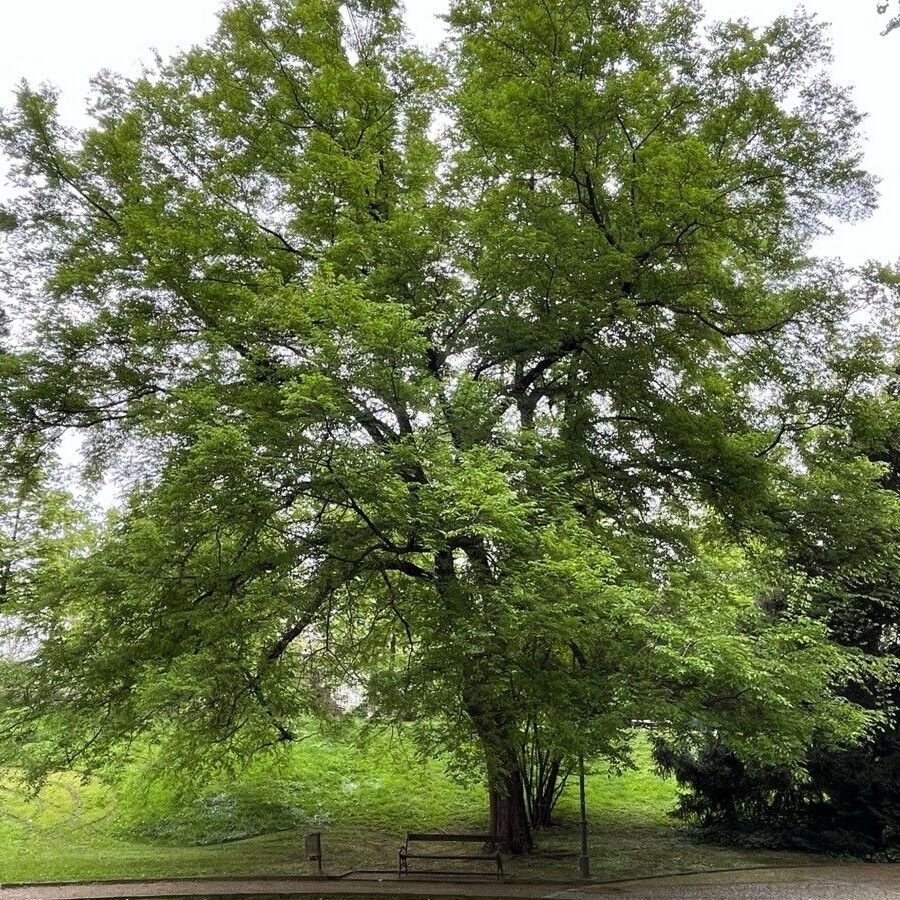
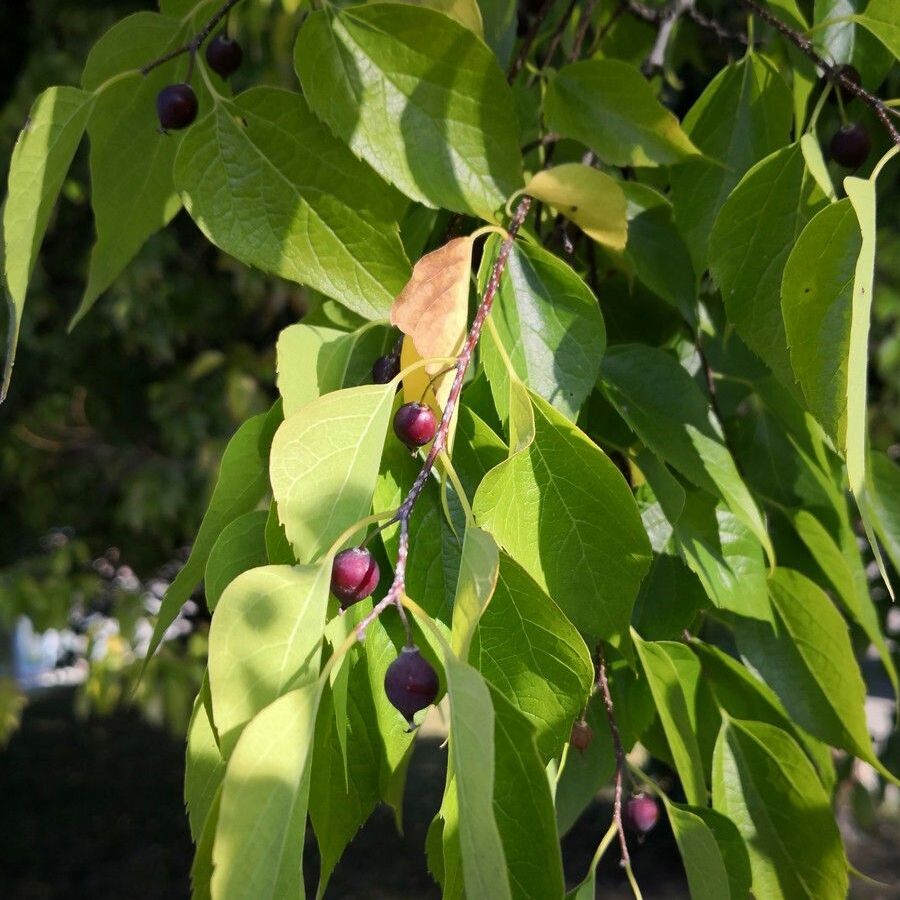
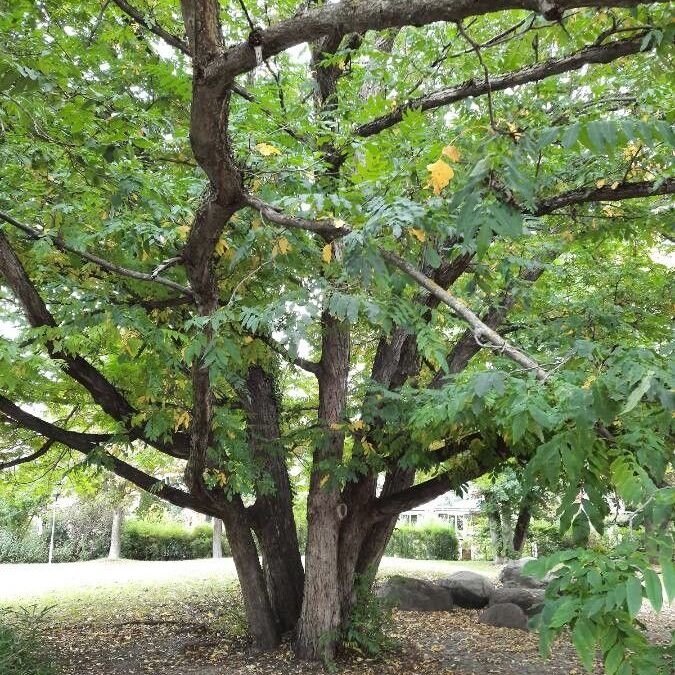

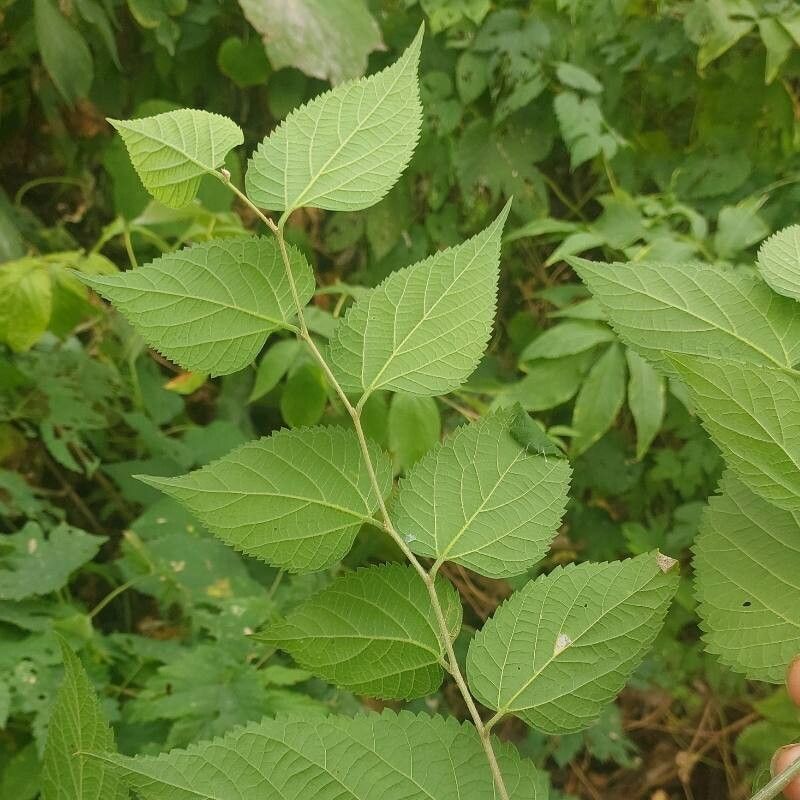
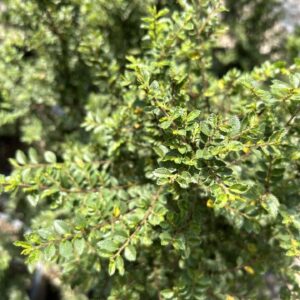
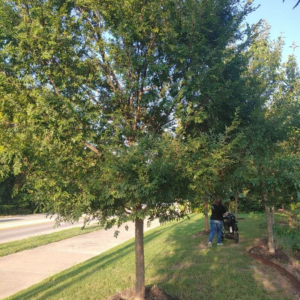

Reviews
There are no reviews yet.